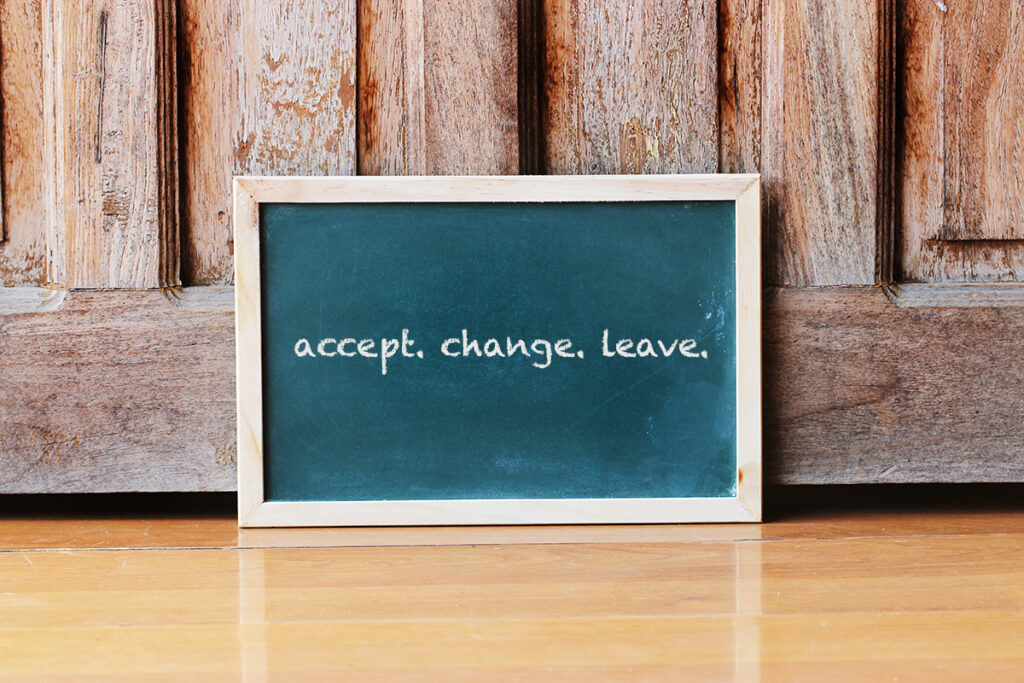Why Your Students Need Time To Think

There is a strategy that elite performers use every day.
It’s something that takes just a few minutes, yet can be the difference between success and failure.
Oddly, it isn’t taught in school.
In fact, it’s never mentioned as part of any curriculum, professional development, or pedagogical training. It isn’t discussed among the educational intelligentsia.
It’s as if it doesn’t exist.
So what is it?
It’s a full-stop pause of all activity so students can think. It’s a cessation of sound and movement that enables students to plan, strategize, and visualize the tasks in front of them.
Some students do this naturally. But most, like most people, do not. Instead, they rush headlong into their work without a clue of the direction to take—let alone the steps along the way.
They’ve been conditioned, you see, to begin producing the second they’re given the go-ahead. This is a good thing when it comes to routines and procedures.
But it’s the death knell to creative work. It’s like Alex Honnold attempting El Cap without knowing the route.
Ironically, many of these same students who don’t take the time to think freeze up and take forever to get started. The others simply don’t produce quality work.
The solution to both problems is to require your students to sit and think before putting fingers to keyboard or pencil to paper.
This isn’t a new strategy.
It’s been used for millennia by everyone from Epictetus to John F. Kennedy to Fred Rogers. Patience and stillness. Deep thought and empathy. Quietude while awaiting the fog to lift.
Contemplation should be scheduled as part of every period of independent work. I recommend the following three parameters:
Sit still for five minutes.
Think through the process of your objective.
Wait for the ‘go’ signal before beginning your work.
Those five minutes—or two or three minutes depending on your grade level—will produce better insight and creativity than when students aren’t given this time.
Pausing first is also motivational because it excites students about the possibilities of their assignment. It provides confidence to achieve their vision. It helps sustain energy until completion.
Your students can sketch, chart, or diagram their thinking if they wish, but they may not actually begin the assignment until your signal.
Souls & Sages
In this day and age, deliberation is in short supply.
Students are effectively trained by their smart phones, video games, and even their teachers to react instead of respond with prudence. Thus, there is very little meditation of thought or wisdom accrual.
The remedy is to schedule a thinking break in the few minutes before allowing your students to tackle any important project or assignment.
No need to worry about time lost. As your students get used to flexing this dormant superpower, they’ll become more efficient than ever before. They’ll experience a deeper and more enjoyable state of flow.
They’ll become old souls, sages ahead of their time.
Forethought is a skill, after all. It’s a muscle you train and develop in order to perform at your best, avoid bad decisions, and succeed at the highest levels.
But it must be deliberately cultivated. It must be practiced and repeated every day and before every creative assignment.

No comments:
Post a Comment